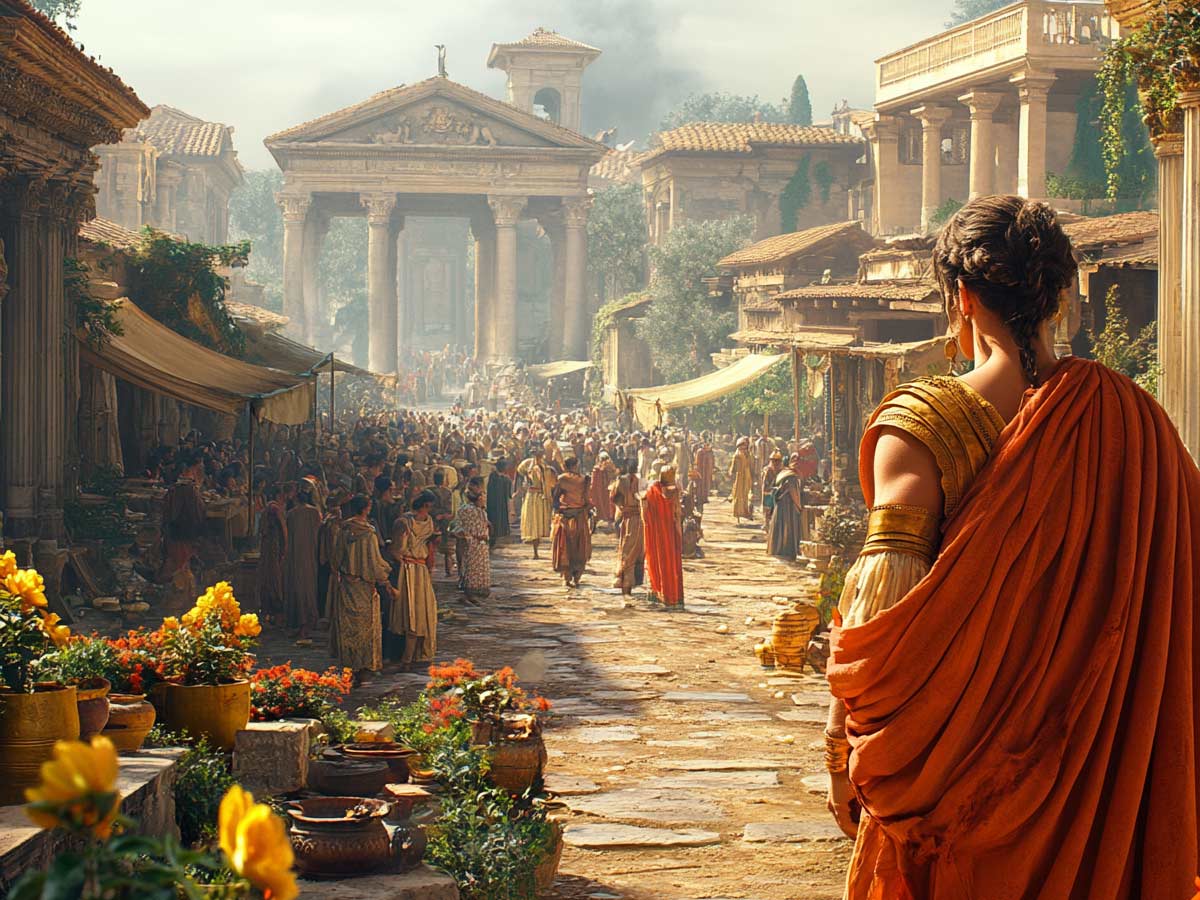British Empire

At its peak in the early 20th century, the British Empire was the largest empire in history, controlling nearly a quarter of the world’s land and population. By 1913, it was estimated that the empire was worth around £11.6 trillion in today’s currency.
Britain's wealth was built through colonization, resource extraction, and trade monopolies. The empire profited from key resources such as Indian cotton, Caribbean sugar, and African gold. Companies like the East India Company were instrumental in controlling trade, particularly in India and China.
Mughal Empire

During the late 17th century under Emperor Aurangzeb, the Mughal Empire was one of the wealthiest in the world. It controlled nearly a quarter of global GDP, with an economy estimated to be worth $21 trillion in today’s terms.
The empire's wealth was largely built on agriculture, particularly cotton, indigo, and rice, as well as trade in textiles and precious gems. Its centralized taxation system, combined with a vast network of trade routes, fueled prosperity. Major cities like Delhi and Agra were centers of culture and commerce, drawing merchants from Europe, the Middle East, and Asia.
Roman Empire

At its financial peak during the 2nd century AD, under Emperor Trajan, the Roman Empire was a vast economic powerhouse. Its wealth stemmed from a combination of territorial expansion, taxation, and extensive trade networks spanning Europe, Africa, and Asia.
The empire controlled valuable resources such as gold, silver, grain, and slaves, which fueled its economy. Rome’s infrastructure, including roads and ports, supported large-scale commerce, while conquered regions paid tribute and taxes. By some estimates, the empire's GDP at its height was equivalent to $1.6 trillion in today's terms, making it one of the wealthiest states in ancient history.
Persian Empire

At its financial peak under Darius I in the 5th century BCE, the Persian Empire was a vast and wealthy state, spanning from the Indus Valley to the Mediterranean. Its wealth came from an efficient taxation system and a vast network of trade routes, including the Royal Road, which connected major cities.
Tribute from conquered lands, like Egypt and Babylon, added to its riches. Persia controlled vital resources such as gold, silver, and luxury goods like spices and textiles. The empire's centralized administration and coinage system further bolstered its economy, making it one of the most powerful states of the ancient world.
Spanish Empire

At its height in the 16th and early 17th centuries, the Spanish Empire was one of the wealthiest global powers. Its vast fortunes came primarily from the colonies in the Americas, especially through the extraction of gold and silver from territories like Mexico and Peru.
Spain controlled trade routes across the Atlantic and the Pacific, bringing in valuable resources such as sugar, tobacco, and precious metals. The empire’s wealth fueled military expansion and the arts, but heavy reliance on colonial wealth and poor fiscal management led to eventual financial decline, including multiple bankruptcies throughout the 17th century.
 Author
Ron Winkler
Last Updated: December 03, 2025
Author
Ron Winkler
Last Updated: December 03, 2025